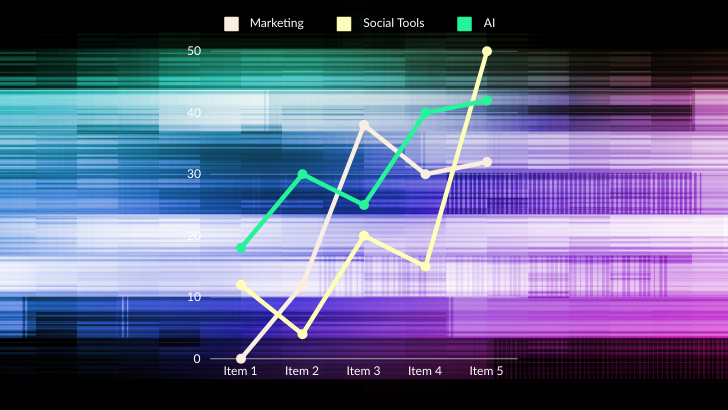In 2004, media giant Blockbuster had over 9,000 stores across the globe and was in prime position to acquire Hollywood Video – its largest rival at the time. The company had been steadily building momentum over the previous 19 years, growing through building or acquiring new locations as well as developing new services and partnerships for customers. In 2004, Blockbuster was – in every way – a leader. They stood atop their industry with no shortage of customers and a service that pretty much everyone still enjoyed and deemed essential to their entertainment.
Nowadays, very few people under the age of 25 have heard of Blockbuster. Exactly one location remains. Blockbuster spent 19 years acquiring 9,000 stores, and another 18 losing 8,999 of them.
This media rental chain’s story is a cautionary tale and a universal truth: Being a leader today does not mean you will be a leader tomorrow. Collapses do not typically happen overnight, nor are they usually the product of one disastrous mistake. Many little errors, even inaction (such as Blockbuster turning down a $50 million dollar offer to buy little-known startup Netflix in 2000) can bring seemingly indestructible juggernauts to irrelevance. Economic recessions and disruptions do not help much either.
Blockbuster made many mistakes in its path to financial ruin and cultural indifference, but a key area of failure must be how they failed to be proactive. Netflix, not Hollywood Video, was the true threat. It was looking to build a model that would not just be competitive but dominant in the future – one that was adaptive and flexible – and built with digital infrastructure in mind. Today, even Netflix is challenged by new competition, and its position as leader is threatened. Only time will tell if Netflix can evolve enough to remain in control of its position in the media streaming space.
This story, while rooted in one industry, is applicable to all. No company is disruption proof, and no organization can expect static behavior to be a long-term solution to becoming and remaining a market leader, especially as the pace of both technology and disruption increases.
To reinforce this claim, PTC conducted an extensive survey into how organizations and workflows are evolving. The data shows that companies proactively investing in the newest technology platforms and trends have a definite edge. To be more specific, our analysis revealed five areas where leaders are distinctly doing digital differently:
- Leaders feel a greater sense of control and ownership in their organization.
- Leaders prioritize work from anywhere.
- Leaders measure software utilization and have better organizational visibility.
- Leaders free their IT staff from the pressures of constant digital maintenance.
- Leaders prioritize continued investment in cybersecurity.
Explore each in greater detail in PTC’s whitepaper “The Approach to Digital Technology: What Leaders Do Differently.”
___



